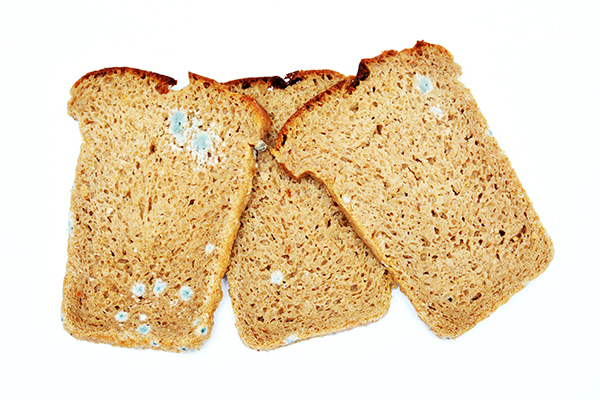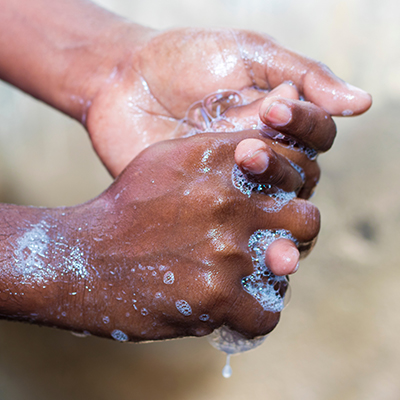What you’ll need:
- Three slices of bread (bakery or homemade bread works best – the fewer preservatives the better)
- Three zip-lock sandwich bags

Instructions:
Label each of the three bags:
- Control
- Dirty
- Clean
Place one slice of bread in the bag labelled ‘control’ without touching it. You can use clean tongs, or turn the resealable bag inside out and use it like a glove to get the slice inside.
Seal the bag.

Remove a second slice of bread and touch the bread with unwashed hands.
Place the bread in the bag labelled ‘dirty’ and seal it.
Wash your hands with soap and water.
Take a third slice of bread and touch the bread with freshly-washed hands.
Place the bread in the bag labelled ‘clean’ and seal it.
Take all three sealed bags and put them in a cool, dry place.
Look at the bread daily and write down your observations, but do not take the bread out of the bags.
Keep an eye on your experiment
In a few days, mould should start to appear.
Which slice of bread gets mouldy first? Which grows the most mould? Which grows the least?
If mould starts to appear, take a ruler and measure it and record your observations.
You can even draw a picture of the bread each day, or keep a photo diary by taking pictures of the bread daily to watch the changes over time.

Learning about hand hygiene
IMB’s Dr Alysha Elliott is discovering new drugs to treat antibiotic-resistant bacteria.
"Humans carry bacterial colonies from our heads to our toes and the vast majority of these are harmless or indeed beneficial to human health," Dr Elliott said, after conducting her own experiment on handwashing.
"However, washing our hands after using the toilet, changing a baby and before eating food is a simple, affordable and effective way to reduce the risk of picking up or passing on germs which could lead to infections such as pneumonia, diarrhoea and influenza."
